In response to a question posted by a colleague, a short thread on Jewish and Christians seals in the Sasanian Empire. 1
First, a bit of background on Sasanian seals: thousands of Sasanian seals and sealings have been discovered, currently in museum and private collections, and they are varied in terms of the imagery and motifs they employ, and the inscriptions they possess. 2 
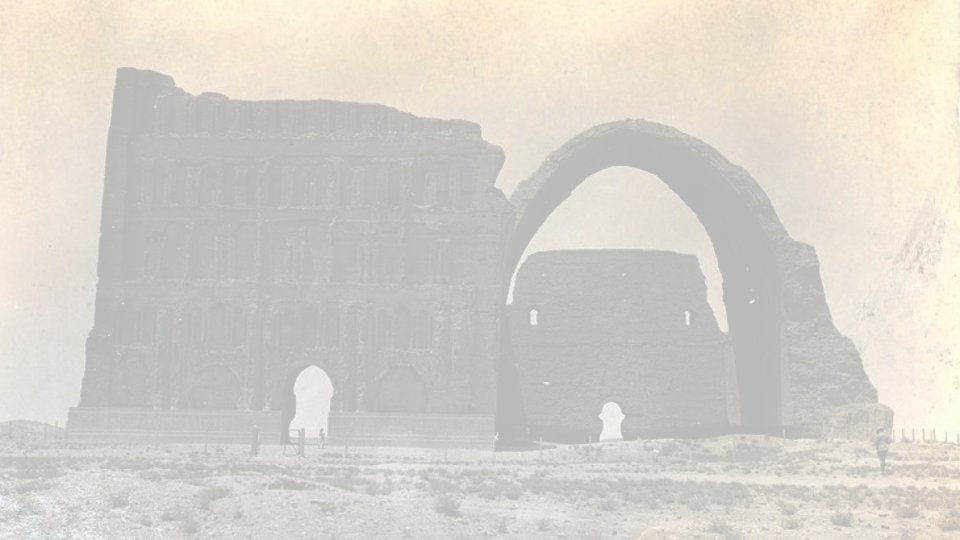
The seal inscriptions offer invaluable evidence of Sasnaian administration throughout its provinces. Many official titles appear on the seals. In some cases, they put to rest longstanding debates about the empire, such as the quadripartite division instituted under Khusro. 3 
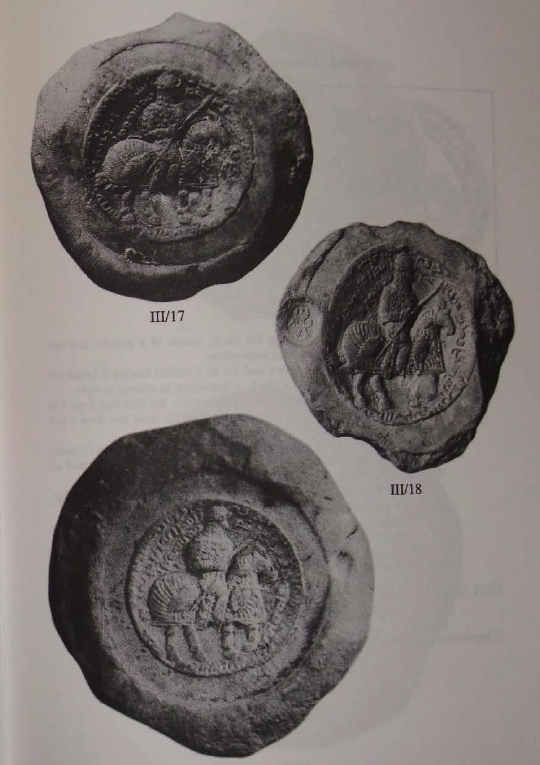
Other seals were for personal use. These typically lack formal titles, and are often less ornate, but reveal other important information, such as the regular invocation of the gods. 4 
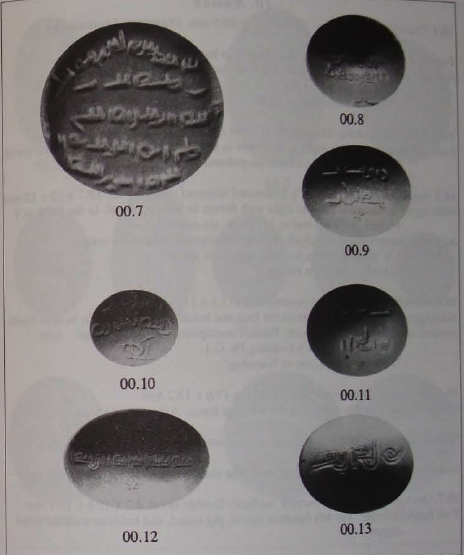
In terms of imagery, some seals are composed entirely of their inscription, while others include animal imagery, and most spectacularly, busts of the seal owners. 5 
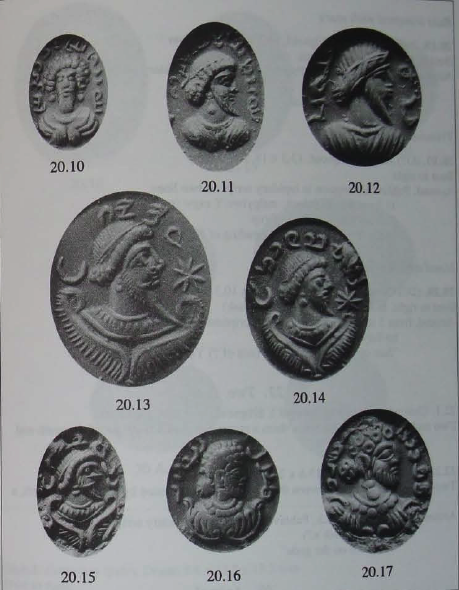
Among the animals we find lions, birds, camels, a few mythical beasts (composite animals) and monsters, and strangely, a literal horse's ass. 6 


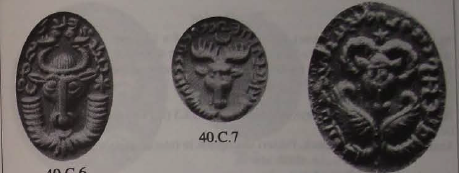
Some bullae contain numerous seal imprints, particularly rich sources of imperial positions in particular regions. 7 
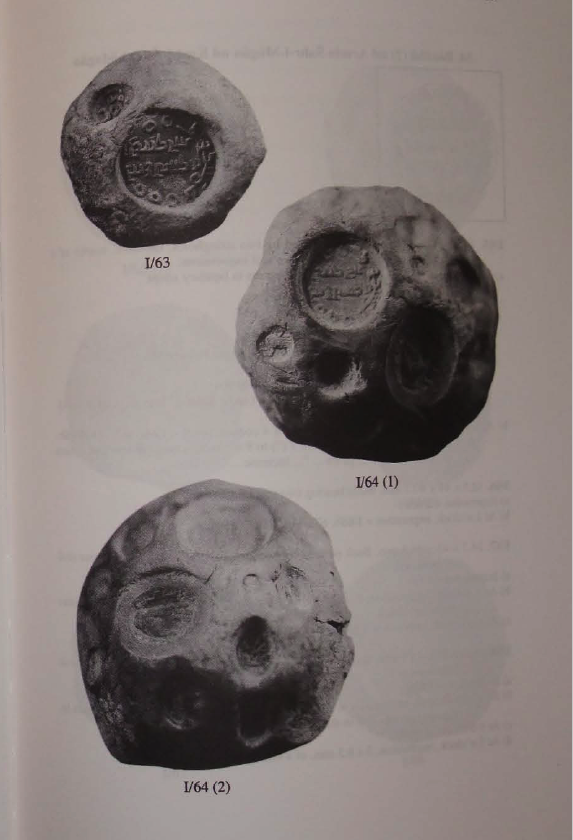
This is to say nothing of the "magical" seals that have been published; one unique and spectacular seal amulet includes an extensive inscription that invokes both "Adonai" and "the name of Jesus." (Published by Prudence Harper, Oktor Skjaervo et al.) 8 
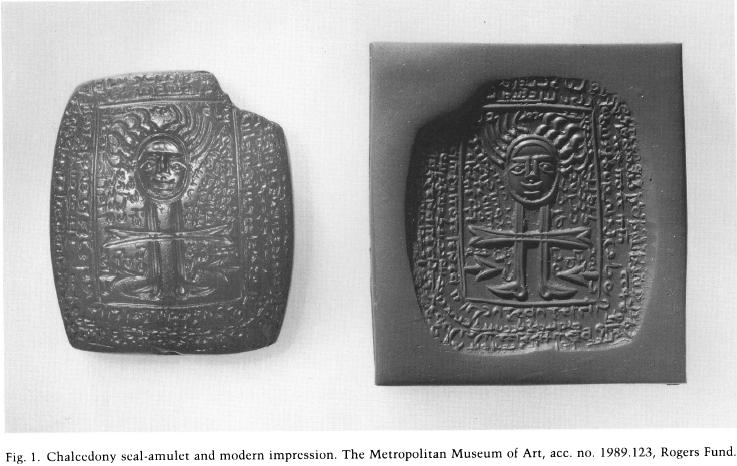
Most of these findings have been discussed by the doyen of Sasanian sigillography, Rika Gyselen. The above images come from one of her indispensable books. 9 
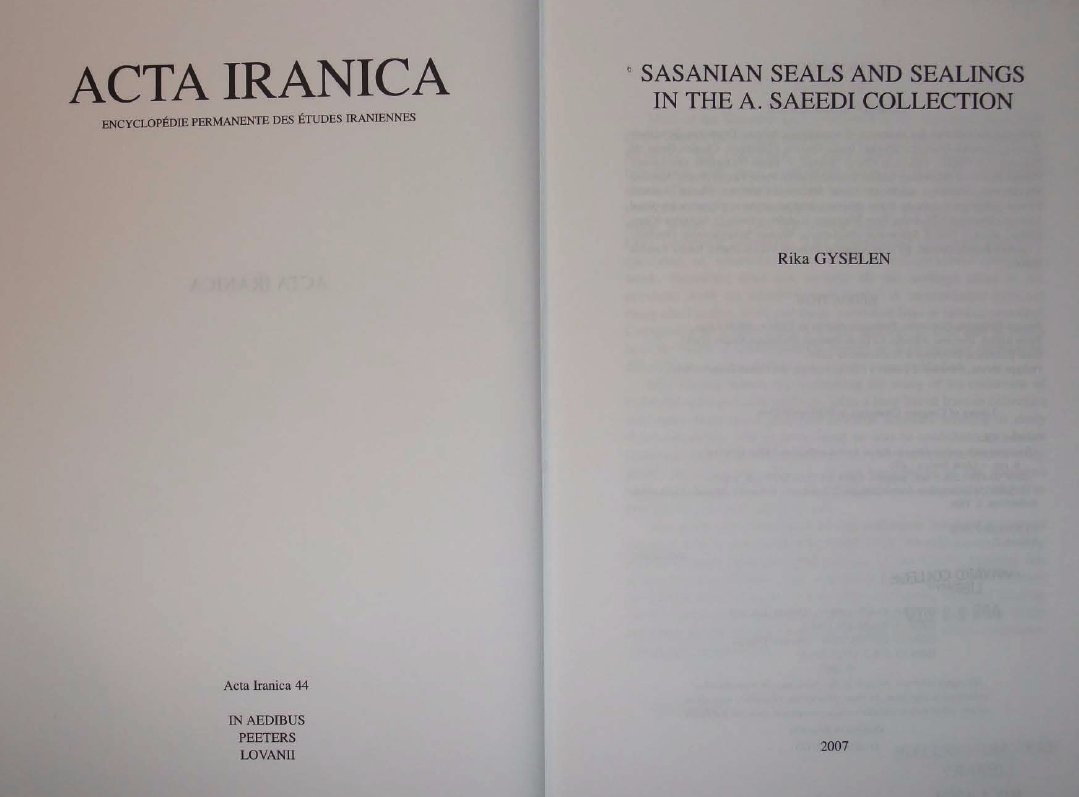
Now for Jewish and Christian seals: needless to say, we have far fewer examples of Jewish and Christian seals, though they are not insignificant. These have been studied by Judith Lerner (@isawnyu) and Shaul Shaked, and Jeffrey Spier of @GettyMuseum has worked on gemstones. 10
These are identified as Jewish and Christian by the name, the language and script of the inscription (Syriac for Christians, Hebrew letters for Jews), and imagery. 11
The main motifs include recognizable communal symbols, like crosses in the case of Christians, and Shofar and Lulav and Etrog in the case of Jews. The Jewish seal belonged to a "Isaac bar Papa," the Christian reads "“The Living Passion." 12 

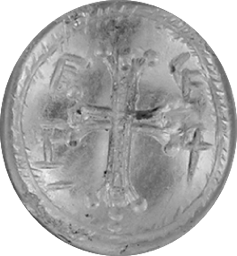
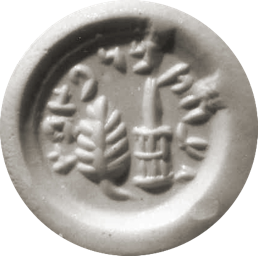
Notice how the Jewish motif reflects longstanding Jewish iconography, as seen from its use in the Bar Kokhba coins (c. 132-5 CE) and the Tiberias Synagogue Mosaic from late antiquity. 13 

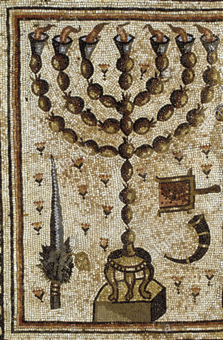
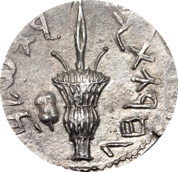
Interestingly, the Binding of Isaac and Daniel in the Lion's Den were particularly popular motifs. Pay close attention to the binding of Isaac here. 14 

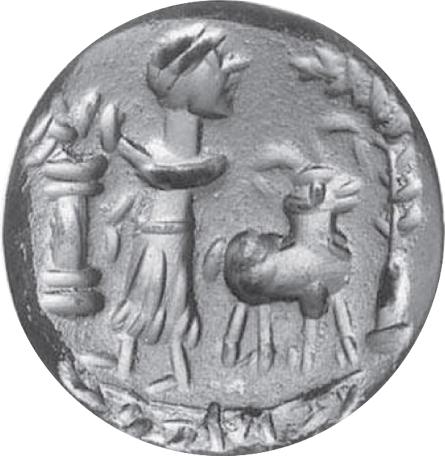
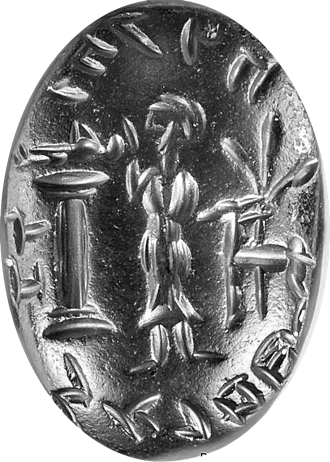
You will notice that there appears to be a child on an altar, as Abraham looks away, at a Ram whose horns are caught in a thicket. The image is similar to the synagogue frescoes in Dura Europos in Syria, and to the Beit Alpha synagogue mosaic in Byzantine Palestine. 15 

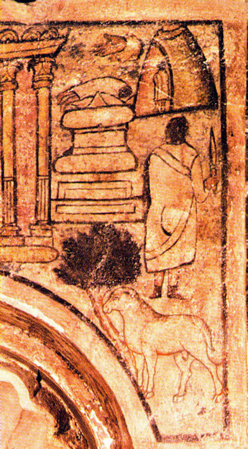
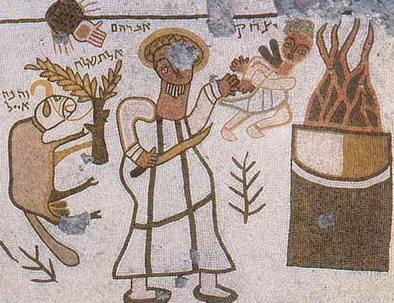
But here is the twist: this imagery is in fact more likely a reworking of a common motif on Sasanian coins and on some seals, in which a Zoroastrian priest flanks a fire altar, holding what appear to be barsom twigs, a ritual item. Perhaps both were made in the same shops. 16 

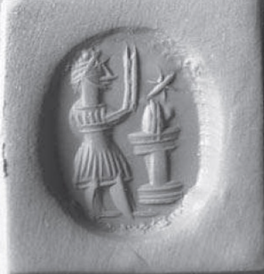
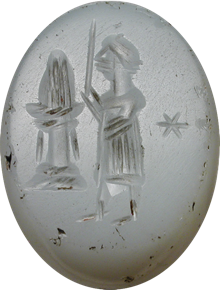
Other Jews and Christians did not even bother with changing the motif, but simply added Hebrew or Syriac inscriptions to the Zoroastrian imagery (apologies for poor image quality). 17 
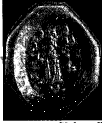
Seals, then, illustrate the way Jews and Christians participated in, even as they reshaped, Sasanian material and figural culture. I will have something to say about this in the never ending book project. But this thread, at least, is now at an end. 18/18 

Addendum 1: In response to @bradhostetler, I would say that to my knowledge no seal of a catholicos has been discovered, but I would assume it would resemble other Sasanian seals.
https://twitter.com/bradhostetler/status/1273698129838247936
Addendum 2: The closest example that comes to mind is the seal that belonged, supposedly, to Mani or one of his early followers, which reads "Mani, apostle of the Messiah." I am very skeptical of attempts to connect and date this to Mani himself or his early followers... 
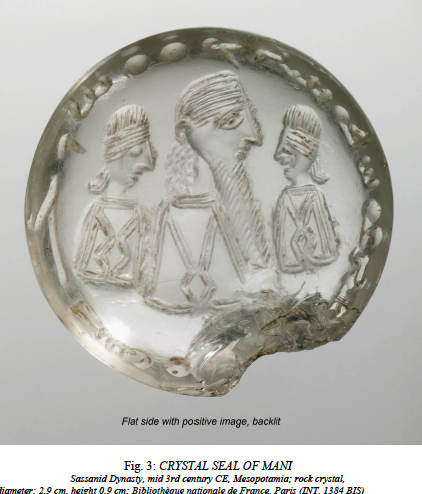
• • •
Missing some Tweet in this thread? You can try to
force a refresh











